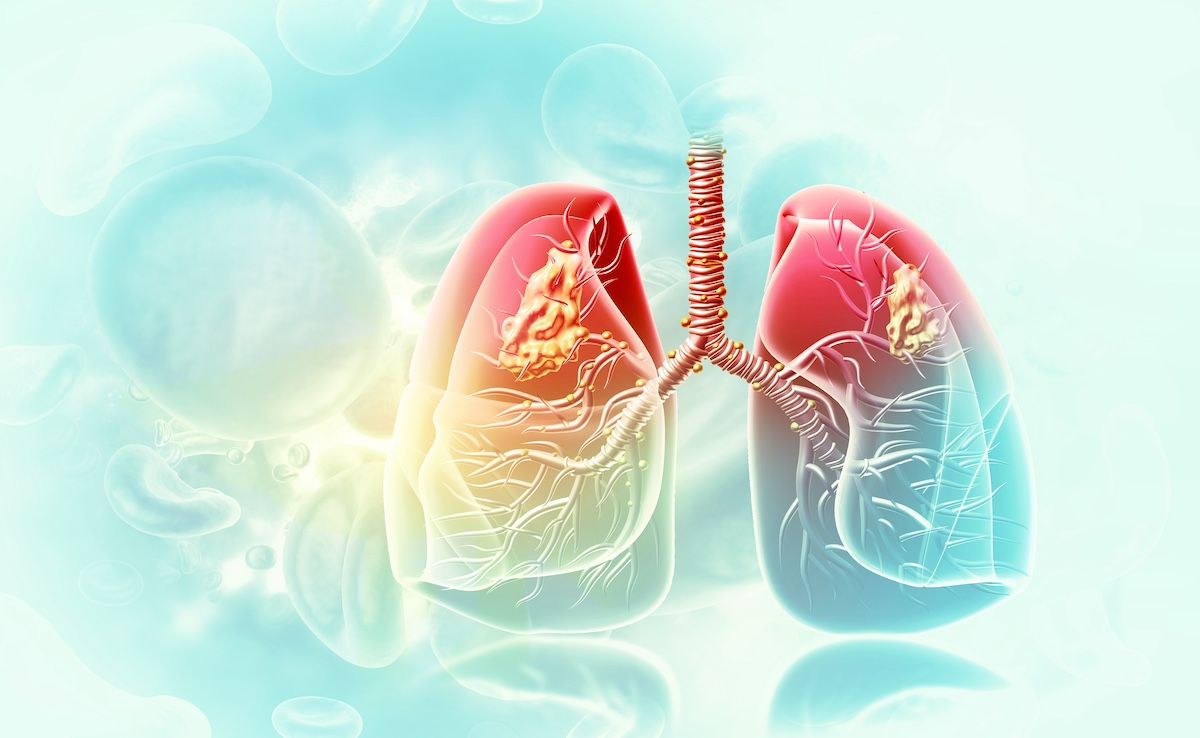Article
Study of Children of 9/11 Reveals Long-term Effects of Childhood Trauma
Author(s):
The presenter of the study said the results show that children who are in a severe mass trauma need to be closely followed, and clinicians need to screen for trauma as a medical issue.
A single major childhood trauma can cause physical and psychiatric effects that last for years, based on findings from a study that followed children in the immediate area of the falling Twin Towers on September 11, 2001.
The study, to be presented Tuesday the 175th Annual Meeting of the American Psychiatric Association (APA), was billed as “the largest and longest longitudinal face-to-face study of individuals exposed to the 9/11 attack as children,” in a statement from the group.
Researchers from the Global Psychiatric Epidemiology Group at Columbia University-New York State Psychiatric Institute studied 844 children who were directly exposed to the attack—meaning they were below Canal Street in Manhattan when the towers fell and were either eye witnesses or were in the dust after the collapse. These individuals, who ranged in age from 17 to mid-30s by the time of the data cutoff, had higher rates of psychiatric disorders, physical disorders, and comorbidities than a control group of 491 children from the neighboring borough of Queens, who were close enough to see intense media coverage but were not in direct physical danger.
The data from the ongoing Stress and Well Being Study include both baseline assessments and in-home assessments of physical health status, which were gathered through both self and parent reports. Assessed of psychiatric conditions used the National Institute of Mental Health Diagnostic Interview Schedule for Children.
Those with direct exposure to 9/11 were more likely to have had a psychiatric disorder in the past year (36%), compared to those not exposed (28%), and those exposed were more likely to have any lifetime physical health condition (27%), compared with the control group (11%).
But Lawrence Amsel, MD, of the Columbia University Department of Psychiatry, who presented the findings at a media briefing Sunday, said the most dramatic finding came in the increased risk among those exposed to have physical—psychiatric comorbidity. The exposed group was 4 times more likely to experience this than the control group (13.0% of those directly-exposed compared with 3.7% of unexposed subjects).
Amsel’s account of the lives of the children exposed was alarming. “The kids were half as likely to be living with a spouse or partner and half as likely to be living independently,” he said.
Clinicians who treat patients exposed to such a trauma need to check in with them about the effects for the long haul, probably for the rest of the patients’ lives, Amsel said.
“This was a single severe mass trauma, nevertheless, it’s had effects for decades,” he said. “All the kids exposed to 9/11 should be followed for a life time.… We also need to screen for trauma. It’s a medical problem; it’s not a social problem.”
In response to a question from The American Journal of Managed Care®, Amsel said the findings are relevant for children who experience mass trauma such as school shootings; last year, The Washington Post reported that 187,000 had experienced a school shooting through March 2018. Two students from Parkland, Florida, died by suicide within a week of the 1-year anniversary of the school shooting in that community in February 2018.
On Sunday, within hours of Amsel’s presentation, a 37-year-old survivor of the 1999 Columbine High School shooting was found dead, having struggled with opioid addiction after recovering from wounds in the massacre.
Not only do clinicians need to pay more attention to the long-term effects of these traumas, Amsel said, but he said school officials must also consider balance safety considerations with the psychological effects of mass shooter response training. “For some reason, we are bathed in a lot more trauma,” he said.
Reference
Amsel L, Cheslak-Postava K, Musa G, et al. The broad impact of childhood trauma: physical-psychiatric comorbidity in a cohort of individuals exposed to 9/11 in childhood. Presented at: 175th Annual Meeting of the American Psychiatric Association, San Francisco, California; May 18-22, 2019; P8-124.

Navigating Sport-Related Neurospine Injuries, Surgery, and Managed Care




